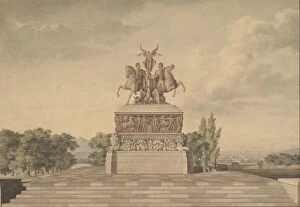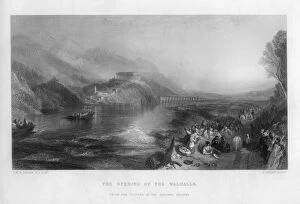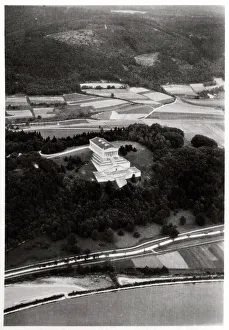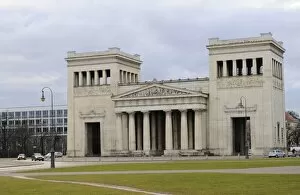Klenze Collection
Leo von Klenze, a renowned German architect and painter, left an indelible mark on the world of art and design
All Professionally Made to Order for Quick Shipping
Leo von Klenze, a renowned German architect and painter, left an indelible mark on the world of art and design. His works spanned across various mediums, showcasing his exceptional talent and creativity. One of his notable creations was the "Design for a Monument of the Victory of Waterloo. " This masterpiece captured the essence of triumph and heroism in its intricate details. Another remarkable piece by the "Hall of the Romans" in Glyptothek, Munich. Completed in 1898, it stands as a testament to his architectural brilliance. Klenze's influence extended beyond Germany's borders. In Pisa, Italy, he contributed to the beauty of Campo Santo with his artistic vision in 1858. Additionally, he played a significant role in constructing Walhalla Temple near Regensburg. The opening ceremony itself was immortalized through C Cousen's artwork. Not only did Klenze excel at designing grand structures but also capturing historical moments like Napoleon Bonaparte's time in Portoferraio. His painting from 1839 vividly portrays this period with great attention to detail. In Munich alone, Klenze made several noteworthy contributions such as Propylaea on Konigsplatz square and Gyptothek outside Glyptothek - both testaments to his architectural prowess. Throughout his career, Leo von Klenze showcased an extraordinary ability to blend artistry with functionality. From landscapes like Castle Massa di Carrara to monumental structures like Arsenal Hall in Saint Petersburg; each creation bore witness to his immense talent and left an everlasting impression on those who beheld them.












